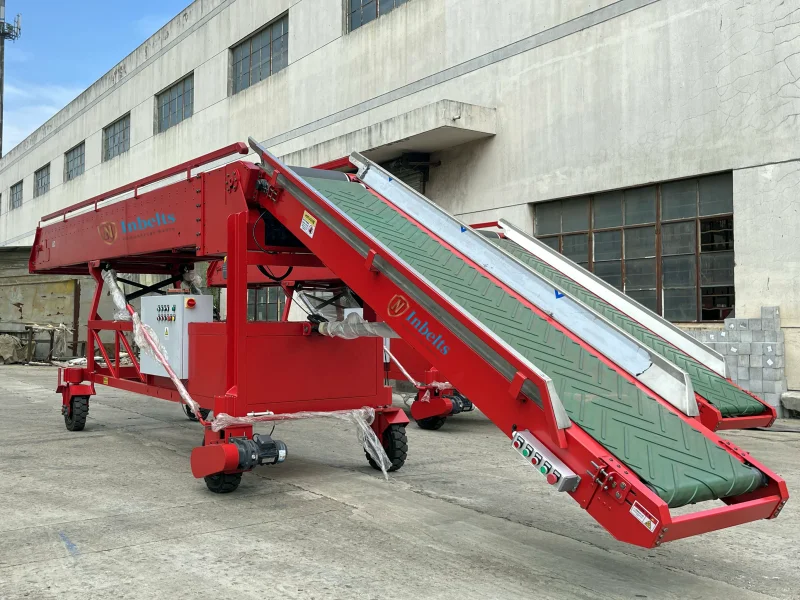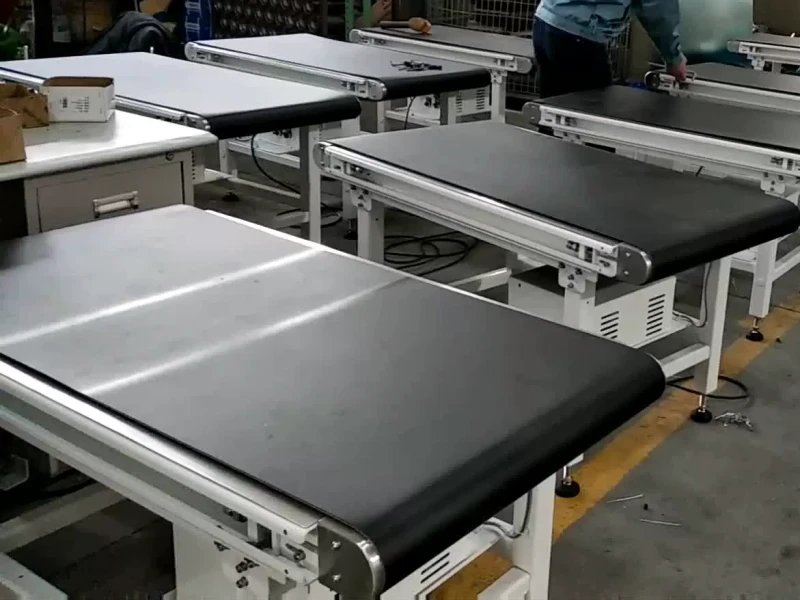
Conveyor Inspection & Maintenance: Ensuring Normal Operation
Conveyors play an essential role in material handling within automated production lines. To ensure their stable operation and extend their service life, regular inspection and maintenance are crucial. Whether it is a fixed belt conveyor, a mobile conveyor or a telescopic conveyor in your plant.
1. Why Inspect?
1.1 Early Fault Detection
The faults that may arise during conveyor operation are often not immediately apparent. However, if they are not addressed in a timely manner, they can escalate into severe issues. Regular inspections help identify and resolve potential problems, preventing accidents.
1.2 Improving Safety
Conveyors involve mechanical and electrical components, and unnoticed hazards can pose a safety risk to operators. Inspections help identify safety threats early, ensuring the protection of personnel.
1.3 Reducing Maintenance Costs
By conducting regular inspections, preventive maintenance can be performed before faults occur. This reduces the urgency of repairs, minimizing production downtime and lowering maintenance costs due to unanticipated failures.

These are short belt conveyor for small space.
2. Inspection and Maintenance Strategies
2.1 Establishing a Plan
Create a regular inspection and maintenance schedule, considering the usage frequency and environmental conditions of roller conveyor and belt conveyor system. For conveyors that are frequently used, the inspection cycle should be shortened.
2.2 Inspecting Key Components
During inspections, focus on critical components such as the drive system, belts, rollers, and electrical elements. Check for signs of wear, looseness, or breakage.
2.3 Cleaning and Maintenance
Conveyors may accumulate dust, debris, and foreign materials during operation, which can affect performance. Regular cleaning of both the external and internal parts of the conveyor ensures smooth operation.
2.4 Lubrication Maintenance
Proper lubrication is essential for the smooth functioning of the conveyor's drive system. Regularly check and replenish the lubrication system to ensure the efficient operation of the transmission components.
2.5 Record Maintenance Details
Every inspection should include a detailed record of the maintenance performed, issues found, and corrective actions taken. These records help in analyzing the conveyor's health and provide a basis for future maintenance decisions.
3. Leveraging Technology
3.1 Remote Monitoring
Using remote monitoring technology, the operational status, temperature, and vibration of the conveyor can be tracked in real-time, enabling early warnings and quick responses to abnormalities.
3.2 Data Analysis
Data analysis techniques can be applied to the conveyor's operational data, extracting valuable insights to predict potential failures and guide maintenance decisions.
3.3 Smart Predictive Maintenance
With artificial intelligence, predictive models can be developed using historical and real-time monitoring data to forecast potential failures, allowing for targeted maintenance interventions.
4. Continuous Improvement
Inspection and maintenance are not one-time tasks but part of an ongoing improvement process. Based on feedback from inspections and maintenance activities, the inspection plans and maintenance strategies should be continuously optimized to enhance efficiency and the reliability of the conveyor system.
Conveyors play a vital role in ensuring the stability of production lines. Through regular inspections and maintenance, potential issues can be identified, safety can be improved, and maintenance costs can be reduced. This ensures smooth operations, providing strong support for industrial production.


Leave Me Your Requirement!